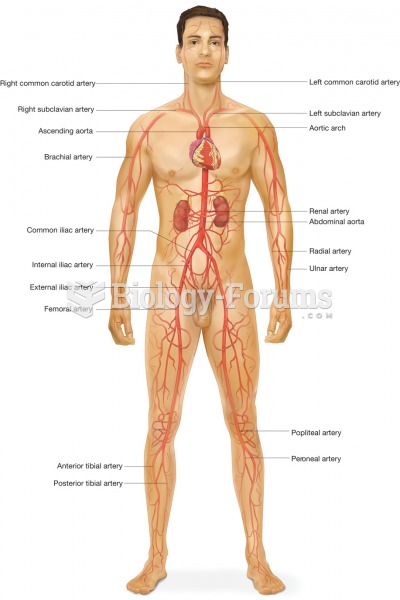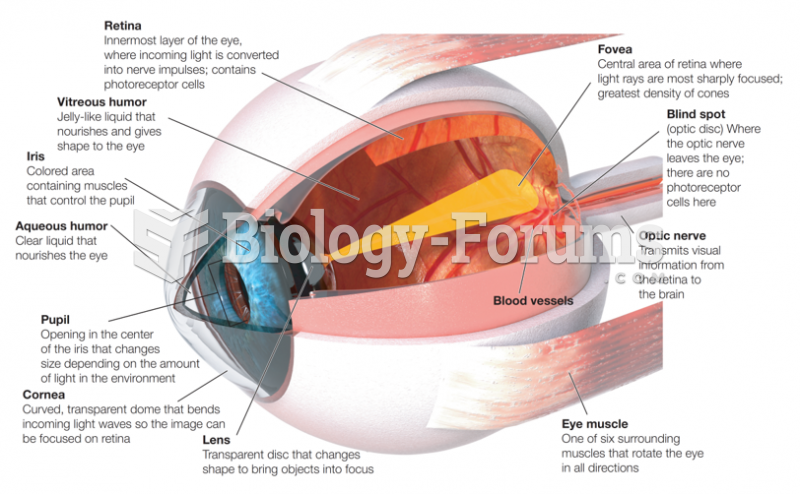Answer to Question 1
The ten objectives of advertising message strategy are as follows:
To promote brand recall. This is the simplest type of advertising in existence, with very clear goalsto get consumers to remember a brand name, and to remember it as one of their main alternatives. Its methods are repetition, slogans and jingles, and point-of-purchase branding.
To link attributes to the brand name. This is the advertising process that simply brings together in the consumer's mind certain desirable attributes and the brand name. The method involves the unique selling proposition (USP), that is, the idea that the brand emphasizes a unique quality or qualities.
To persuade the consumer. This is high-engagement advertising, coming right out and proposing an argument, being direct with information and attributes, and attempting to logically convince the consumer of the superiority of a brand. Methods include
reason-why ads, hard-sell ads, comparison ads, testimonials, demonstrations, and infomercials.
To create affective association. This refers to the advertising that makes consumers feel good about an ad, a brand, and themselves. Methods include feel-good ads, humor ads, and sex-appeal ads.
To scare the consumer into action. This approach uses a consumers personal fears to convince them that a product or service will alleviate these fears. The method used in this approach is fear-appeal ads.
To change behavior by inducing anxiety. This approach include techniques that play on low-level anxieties to create a stronger level of anxiety and then introduce the answer to that problem with a product or service. Methods include anxiety ads and social anxiety ads.
To define the brand image. These ads express the identity, emotional connection, or inner meaning of the brand in visual terms that can be quickly grasped. Image ads are the method used in this approach.
To give the brand the desired social meaning. These ads attempt to promote the overwhelming idea that objects have social meaning and are not just things, and that
certain objects carry with them a high degree of social status and meaning. Methods include slice-of life ads, branded entertainment, and product placement.
To leverage social disruption and cultural contradictions. These are very sophisticated messages that manage to carry with them the idea that certain brands recognize where the social fabric is frayed, acknowledge this disconnect, and successfully work to bridge that gap. The method used in this approach involves tying brands to social/cultural movements.
To transform consumption experiences. This is the ultimate goal and the highest level of sophistication in advertising, involving ads that have that perfect mix of magic, timing, and social awareness to create an entirely new experience for the consumer. The method involves transformational ads.
Student examples may vary.
Answer to Question 2
c








